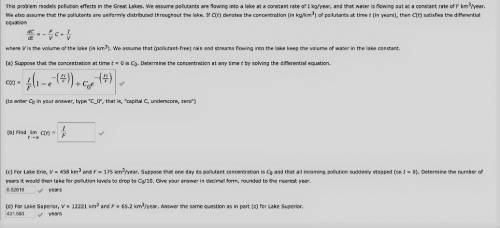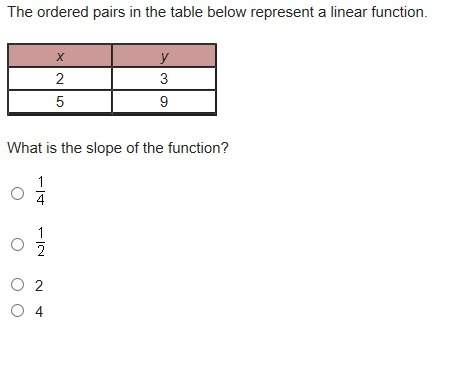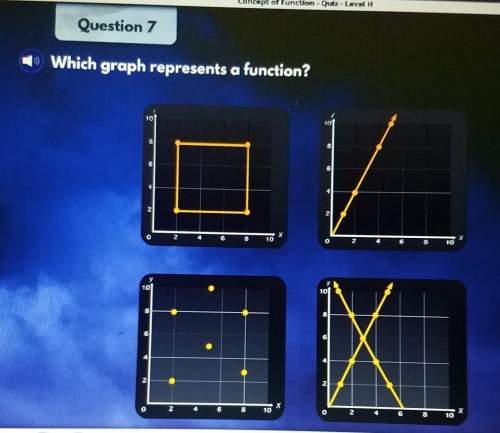
Mathematics, 07.06.2020 01:01 rtryf57rfgth
This problem models pollution effects in the Great Lakes. We assume pollutants are flowing into a lake at a constant rate of I kg/year, and that water is flowing out at a constant rate of F km3/year. We also assume that the pollutants are uniformly distributed throughout the lake. If C(t) denotes the concentration (in kg/km3) of pollutants at time t (in years), then C(t) satisfies the differential equationdC dt = −FVC + IVwhere V is the volume of the lake (in km3). We assume that (pollutant-free) rain and streams flowing into the lake keep the volume of water in the lake constant. A) Suppose that the concentration at time t = 0 is C0. Determine the concentration at any time t by solving the differential equation. B) Find lim t→[infinity] C(t) =C) For Lake Erie, V = 458 km3 and F = 175 km3/year. Suppose that one day its pollutant concentration is C0 and that all incoming pollution suddenly stopped (so I = 0). Determine the number of years it would then take for pollution levels to drop to C0/10.D) For Lake Superior, V = 12221 km3 and F = 65.2 km3/year.

Answers: 2


Another question on Mathematics



Mathematics, 21.06.2019 18:00
Factor x2 – 8x + 15. which pair of numbers has a product of ac and a sum of what is the factored form of the
Answers: 1

Mathematics, 21.06.2019 18:40
Dexter read 11 science fiction books and 5 history books. lena read 9 science fiction books and 4 history books. compare the students’ ratios of science fiction books to history books. 1. determine the ratios’ form: science fiction books to history books 2. write the ratios as fractions: dexter: 115; lena: 94 3. rewrite with a common denominator. 4. compare. 5. answer the question. determine which shows the correct comparison of the ratios for this problem.
Answers: 1
You know the right answer?
This problem models pollution effects in the Great Lakes. We assume pollutants are flowing into a la...
Questions


Mathematics, 11.12.2020 01:00

Mathematics, 11.12.2020 01:00

Mathematics, 11.12.2020 01:00

History, 11.12.2020 01:00





Mathematics, 11.12.2020 01:00



Health, 11.12.2020 01:00

Mathematics, 11.12.2020 01:00


Mathematics, 11.12.2020 01:00

Mathematics, 11.12.2020 01:00



![\mathbf{C_{(t)} =\dfrac{I}{F} [ 1- e \dfrac{-Ft}{v}+ C_oe \dfrac{-Ft}{v} ]}](/tpl/images/0679/1779/c9622.png)
![\mathbf{\lim_{t \to \infty} C_t = \dfrac{I}{F}[1-0+ 0 ] \ = \dfrac{I}{F}}](/tpl/images/0679/1779/8c6c1.png)








![C_{(t)} = [ \dfrac{I}{F}e \dfrac{Ft}{v}+ C_o - \dfrac{I}{F}] e\dfrac{-Ft}{v}](/tpl/images/0679/1779/6c076.png)
![C_{(t)} =\dfrac{I}{F} [ e \dfrac{Ft}{v} * e \dfrac{-Ft}{v}+ C_oe \dfrac{-Ft}{v} - 1* e \dfrac{-Ft}{v}]](/tpl/images/0679/1779/338f9.png)
![\lim_{t \to \infty} C_t = \dfrac{I}{F}[1-e^{- \infty} + C_o e^{- \infty} ]](/tpl/images/0679/1779/9883c.png)



















